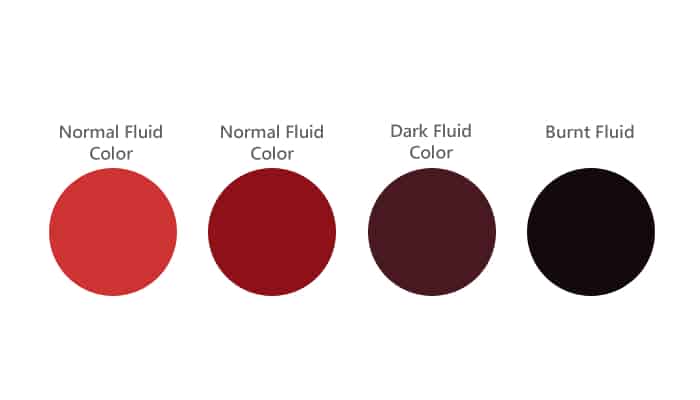Nissan Sentra CVT Transmission Fluid Capacity
When it comes to maintaining your Nissan Sentra’s CVT transmission, one important aspect to consider is the fluid capacity. The right amount of transmission fluid ensures smooth shifting, optimal performance, and longevity of your vehicle’s transmission system. In this article, we will provide you with the necessary information about the Nissan Sentra CVT transmission fluid capacity, so you can keep your car running smoothly.
Transmission Fluid Capacity and Type
| Popular posts |
|---|
| What to do to prolong the life of your manual gearbox |
| Automatic transmission: what it is, how it works |
Before we dive into the specifics, let’s talk about the transmission fluid capacity and type for the Nissan Sentra CVT. It’s important to use the correct fluid and ensure you have the right amount to avoid any potential issues.
| Model Year | Transmission Fluid Capacity (Quarts) | Transmission Fluid Capacity (Liters) |
|---|---|---|
| 2013 – 2019 | 7.7 | 7.3 |
| 2020 – Present | 8.5 | 8.0 |
As you can see from the table above, the transmission fluid capacity for the Nissan Sentra CVT varies depending on the model year. For vehicles manufactured between 2013 and 2019, the capacity is approximately 7.7 quarts or 7.3 liters. However, for newer models from 2020 onwards, the capacity increases to around 8.5 quarts or 8.0 liters.
Importance of Proper Fluid Capacity
Now that you know the transmission fluid capacity for your Nissan Sentra CVT, it’s crucial to understand why maintaining the proper fluid level is so important. The transmission fluid serves multiple purposes, including lubricating various components, cooling the transmission, and providing hydraulic pressure for smooth gear shifting.
If the fluid level is too low, it can lead to increased friction and heat, resulting in premature wear and potential damage to the transmission. On the other hand, overfilling the transmission can cause excessive pressure, leading to leaks, foaming, and reduced performance.
How to Check and Add Transmission Fluid
Checking and adding transmission fluid to your Nissan Sentra CVT is a relatively straightforward process. However, it’s essential to follow the manufacturer’s guidelines and take necessary safety precautions. Here’s a step-by-step guide:
- Park your vehicle on a level surface and engage the parking brake.
- Locate the transmission fluid dipstick. It is usually labeled and can be found near the engine bay.
- With the engine running and the transmission in “Park,” remove the dipstick and wipe it clean with a lint-free cloth.
- Reinsert the dipstick fully and remove it again to check the fluid level. Ensure that the fluid reaches the “Full” or “Max” mark on the dipstick.
- If the fluid level is low, use a funnel to add small amounts of the recommended transmission fluid. Check the level again until it reaches the appropriate mark.
- Be cautious not to overfill the transmission. It’s better to add small amounts gradually and recheck the level.
- Once the fluid level is correct, securely reinsert the dipstick and close the hood.
Remember, it’s always best to consult your vehicle’s owner’s manual for specific instructions and to use the recommended transmission fluid for your Nissan Sentra CVT.
Conclusion
Ensuring the proper transmission fluid capacity for your Nissan Sentra CVT is crucial for maintaining the performance and longevity of your vehicle’s transmission system. By following the guidelines provided in this article and using the correct fluid, you can keep your Nissan Sentra running smoothly and avoid potential transmission issues. Remember, regular maintenance and attention to fluid levels are key to a well-functioning vehicle.
What Color Should Transmission Fluid Be?


